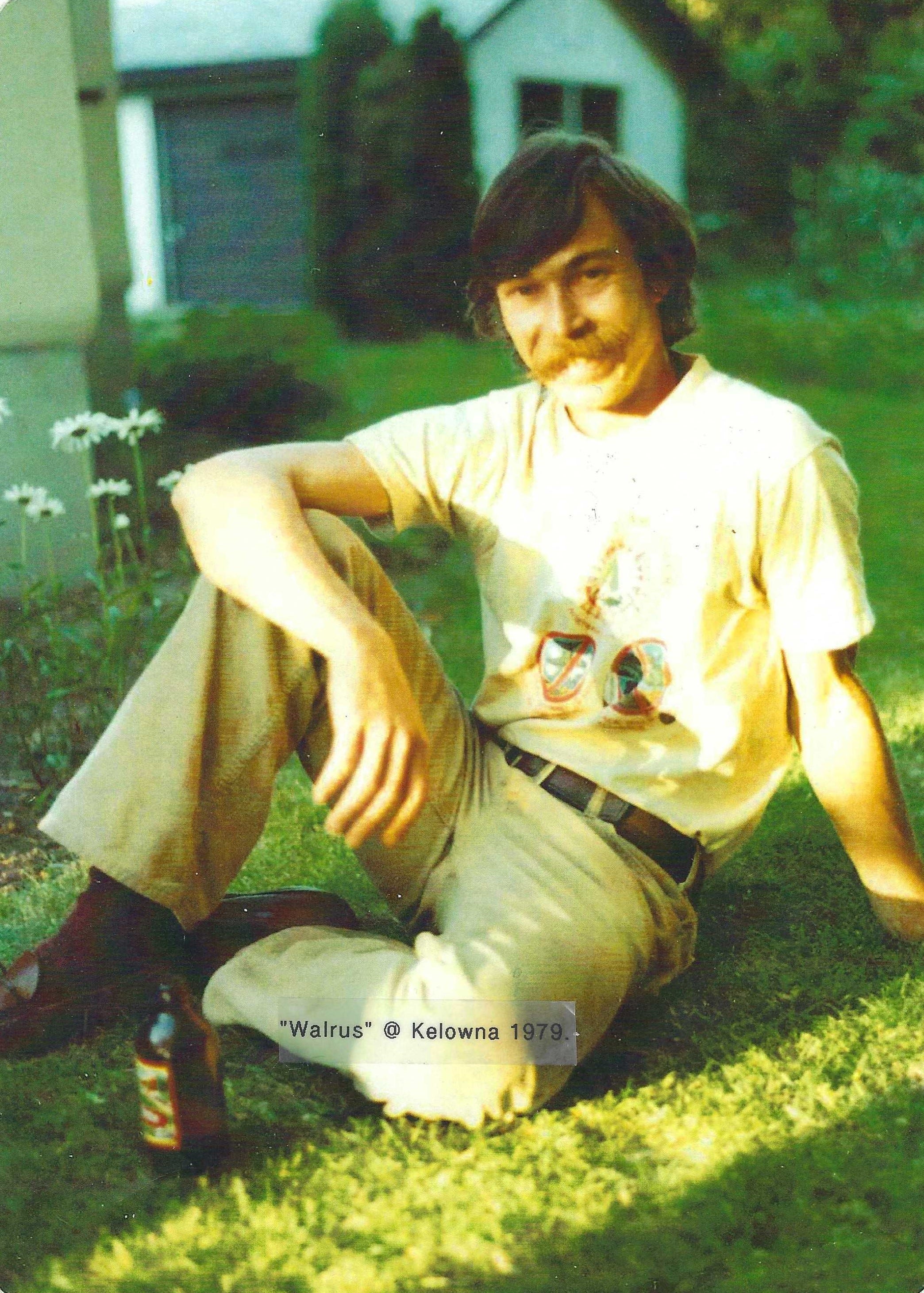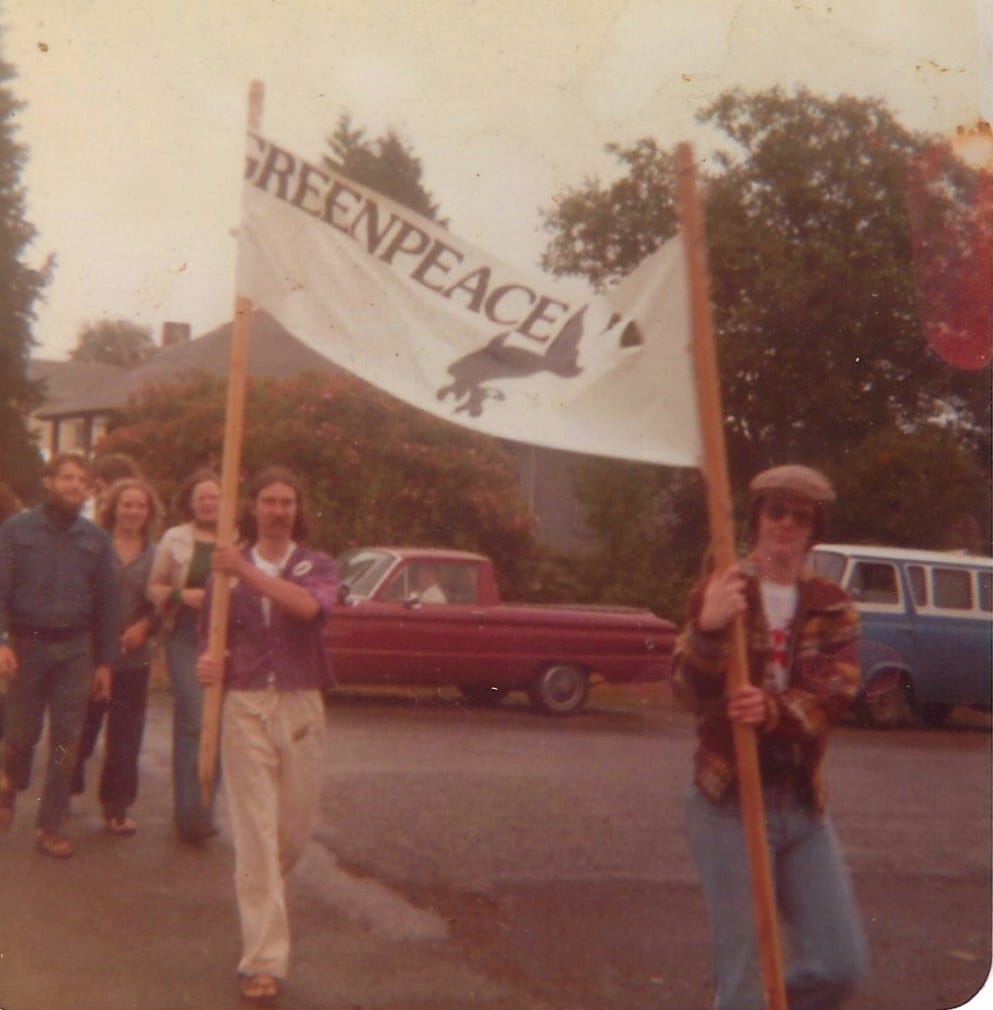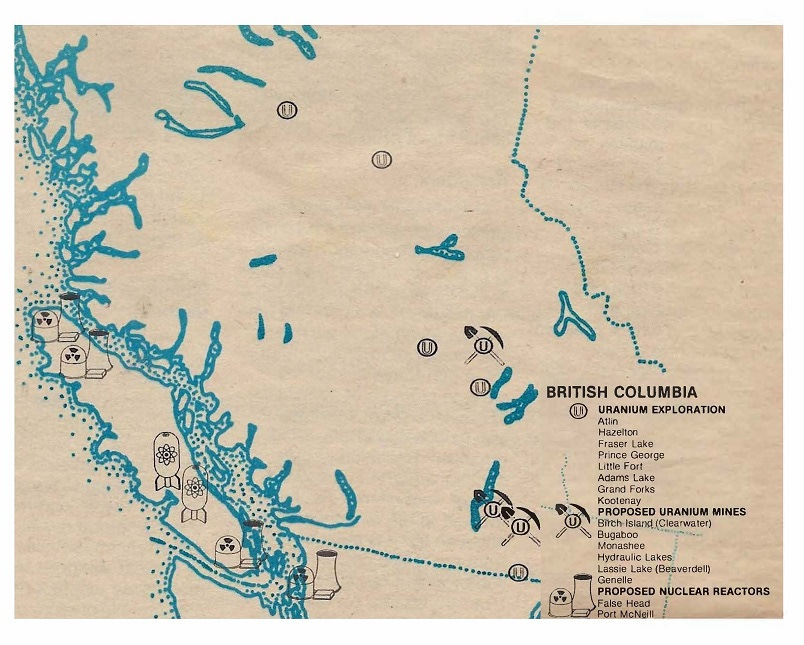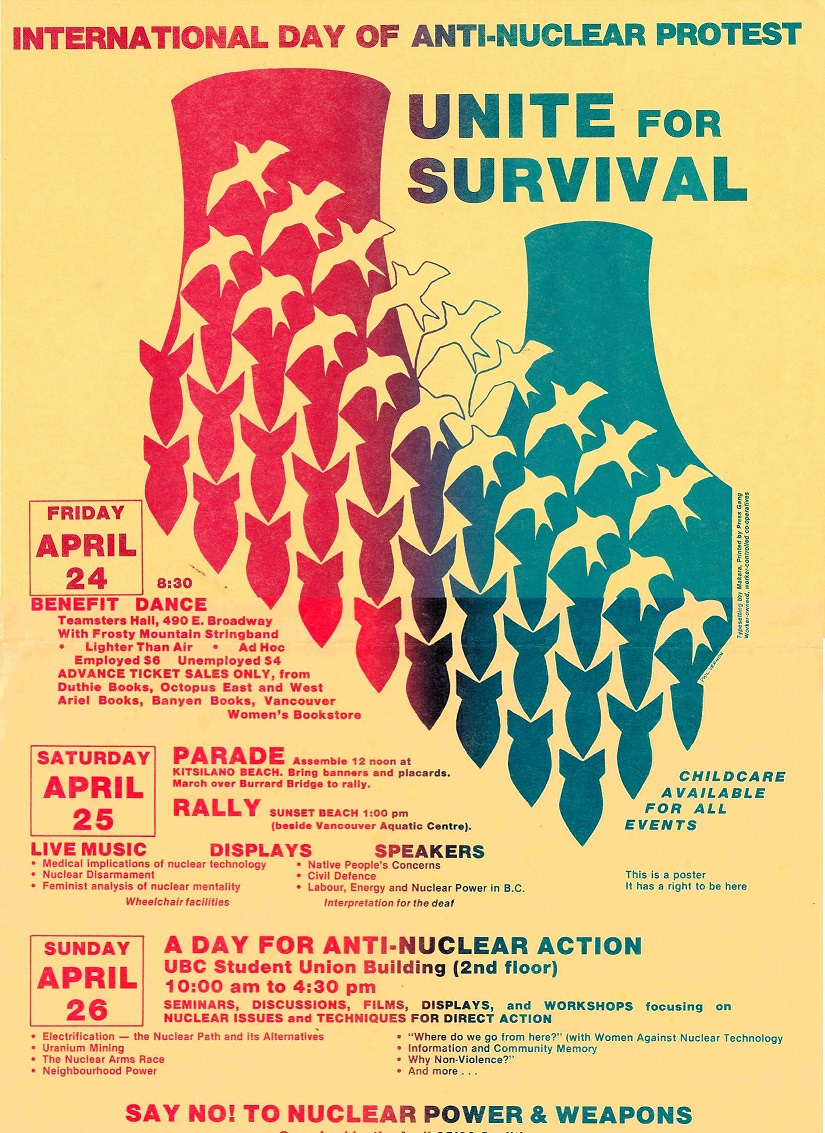Almost Atomic: Vancouver Island’s Nuclear Power Deal
And one man’s journey to thwart the proposed plans
In 1979, at the same time when nuclear anxiety from Pennsylvania’s Three Mile Island reactor meltdown consumed the public, Atomic Energy of Canada Limited (AECL) promoted nuclear power in British Columbia. “Vancouver Island,” according a 1979 AECL study, “appears to be a logical area for the application of nuclear power.”
Organizations such as AECL presented nuclear power as an inexpensive and safe alternative that would spur economic growth, yet many Canadians expressed concern about the risk to public safety and environmental consequences of the technology.
Canadian environmental activist David Garrick, also known by his pen name, Walrus Oakenbough (a name he created while writing for Vancouver’s alternative newspaper The Georgia Straight), worked for over a decade raising awareness of the dangers of nuclear activity.
Garrick had been educated as an anthropologist in Ontario at Trent University, where he also studied the sciences and ecology and developed his research skills. His interest in environmental issues was further stimulated by a move in 1971 to Vancouver where he became involved in a protest against a Four Season’s hotel development at the entrance to Stanley Park.
“He visited health institutions where patients still suffered the effects of radiation poisoning.”
Here, he met early creators of the fledgling Greenpeace movement such as Rod Marining and Paul Watson, who remained lifelong friends. Marining and Watson would join Greenpeace’s first campaign to stop atomic bomb testing in Alaska in 1971. Then in 1975, Garrick and Watson joined the Greenpeace crew on the organization’s first whale campaign. They set out on the fishing vessel Phyllis Cormack to search for Russian whaling ships, with the intent of disrupting their hunt. In 1976, they travelled on the converted minesweeper James Bay in search of Japanese whale hunters to again protest harvesting whales. These two campaigns brought Greenpeace world-wide attention.
Garrick then travelled across the Pacific with his partner, Taiko Miwa to create a Greenpeace branch in Japan. He visited health institutions where patients still suffered the effects of radiation poisoning, thirty years after nuclear bombs were dropped on Hiroshima and Nagasaki.
Upon his return to Vancouver in 1977, in his role as a Greenpeace director, Garrick organized protestors to rally against the planned Trident nuclear submarine station in Bangor, Washington State. On his third trip to join the protests there, authorities arrested and jailed him, along with Miwa and Watson.
This experience motivated him to increase public awareness of the detrimental effects of nuclear energy and uranium mining. When news reached Garrick about plans to mine uranium in BC, he attempted to convince other Greenpeace directors to recognize the importance of anti-nuclear education. Unsuccessful, Garrick left Greenpeace and instead formed an anti-nuclear alliance with SPEC (at that time SPEC stood for the Canadian Scientific Pollution & Environmental Control Society), the Canadian Coalition for Nuclear Responsibility, the Voice of Women (VOW), First Nations groups, unions, and church organizations.
At Clearwater, BC, he mobilized support and documentary coverage for a decisive town meeting where seven hundred community members successfully blocked the proposed Birch Island open-pit uranium mine.
In October 1978, the Vancouver-based environmental group, SPEC, hired Garrick as a coordinator of its Public Nuclear Awareness Program where he enlightened the public to the hazards of BC’s nuclear development.
Around this time, VOW members alerted Garrick to proposed nuclear plant developments on Vancouver Island. Since the post-war years, at a time when many feared atomic war between the West and Russia, VOW had been educating the public on the hazards of radiation.
“Fresh in the public mind were the Three Mile Island reactor incident, and, in 1952, the world’s first nuclear meltdown in Deep River, Ontario.”
Garrick travelled to the proposed sites on the Island’s northern end: at Port McNeill and False Head, near Port Hardy. He had previously visited the area while on a Greenpeace voyage and was aware the Port McNeill plant would be on ‘Namgis First Nation’s territory. At Alert Bay he informed ‘Namgis elders of the plans.
Despite AECL’s assurance that environmental impacts would be low and that “the level of radioactivity found in the environment, especially outside the exclusion area, as a result of reactor operations would be a small fraction of that existing prior to startup of the nuclear plant,” those who lived in the area expressed concern. Fresh in the public mind were the Three Mile Island reactor incident, and, in 1952, the world’s first nuclear meltdown in Deep River, Ontario at the Chalk River facility. The facility would melt down again in 1958. Those involved in the cleanups suffered from various cancers, most notably leukemia.
Garrick organized two rallies to educate the public on the dangers of radiation poisoning. At the first, on September 17, 1978, he addressed 2000 onlookers in Stanley Park on the topic, Radiation and Survival. Outside the Vancouver Planetarium he again addressed 1500 people on the topic, Organizing Against Radiation Hazards in BC. In 1980, as part of the Vancouver City Day of Anti-Nuclear Protest, he addressed a crowd of 5000 on similar topics.
As coordinator of SPEC’s anti-nuclear awareness program, Garrick sought to ban uranium mining in BC and forged the Environmental Alliance Against Uranium Mining (EAAUM), a voice to participate in the technical phases of the Royal Commission of Inquiry into Uranium Mining in BC. He would also assist the Indigenous Peoples of the Western Hemisphere prepare a funding proposal to participate in the inquiry.
The EAAUM planned to present environmental findings to the Royal Commission. However, the Commission perhaps found enough information without EAAUM’s input, because they adjourned the inquiry in late 1979 and placed a seven-year moratorium on uranium mining in BC.
The province has never lifted the moratorium on uranium mining, and BC’s uranium deposits lay untouched. Due to efforts by those such as David Garrick, today there are no nuclear power stations on Vancouver Island, nor in the entire province. Anti-nuclear activists in BC had successfully convinced the public and province of the dangers of nuclear power.
About Catherine
Catherine is a historian and best-selling author in British Columbia and has a passion for uncovering the untold stories of the province’s past.
A graduate of the University of Victoria, Catherine earned a master’s in public history. Her most recent book, A Journey Back to Nature, a History of Strathcona Provincial Park, based on her thesis, was published by Heritage House Publishing in time for the Park’s 110th anniversary. Her other local history about the Second World War in the Vancouver Island region, Yorke Island and the Uncertain War, Defending Canada’s Western Coast was published in 2012 by Ptarmigan Press.
Catherine is currently working with David Garrick, aka Walrus Oakenbough, on the story of his life from his role in the formation of Greenpeace in the 1970s, followed by his involvement with numerous ecological campaigns throughout the 1980s and work in Ottawa on parliament hill, to his ground-breaking recent study of culturally modified trees on Hanson Island, BC.
Help bring this important book to life by supporting her work here!
Sources
Bates, David, James Murray and Valter Raudsepp. Royal Commission of Inquiry, Health and Environmental Protection, Uranium Mining. Commissioners' Report Volume I, Victoria, BC: Queens Printer, October 30, 1980. (David Garrick collection) Available at https://inis.iaea.org/collection/NCLCollectionStore/_Public/13/695/13695554.pdf
Garrick, David. All Season’s Park; After the Referendum, unpublished journals Volume I and II 1971. David Garrick collection.
Garrick, David ed. “BC Uranium Inquiry”, Spectrum, Vancouver BC: SPEC February 1979.
Garrick, David. Unpublished autobiography, 1981. David Garrick collection
David Garrick, interviews with author, from October 2020 to April 2023.
Guillemette, Mélissa. “Chalk River: The Forgotten Nuclear Accidents,” The Walrus, July 13, 2022. www.thewalrus.ca/nuclear-accidents/
Hunter, Robert and Rex Weyler. To Save a Whale: The Voyages of Greenpeace, San Francisco CA: Chronicle Books, 1978.
Nuclear Power for Vancouver Island, Atomic Energy Canada Limited, Ottawa, ON: April 1979. https://inis.iaea.org/collection/NCLCollectionStore/_Public/04/043/4043948.pdf






